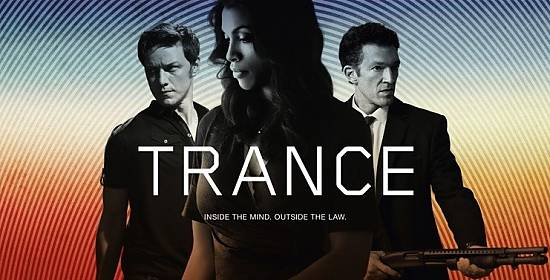When I stumbled upon this 1979 BBC mini series recently it was a blast from the past. Admittedly, over the years I’d think of it every once in a while and try to recall what it was about but all I could remember was a man driving quickly along a sun-baked dusty road. Turns out that’s exactly how the series opens. I wasn’t quite yet a teenager when I sat down and shut up at my parent’s bidding to watch with them this Cyprus-set prime time drama and I have to say, I hadn’t a clue what was going on. Far too grown up and complicated for a boy who probably watched the opening theme tune and then started to play with his Lego. Well, it’s taken over thirty years but I’ve finally watched it. And understood it. And I totally see why my parents insisted on my being quiet while it was on.
Written by Michael J. Bird, who had a thing for dramas set in the Mediterranean and had already given us The Lotus Eaters in ’72 and Who Pays the Ferryman? in ’77, The Aphrodite Inheritance ran for eight episodes and tells a story of greed, betrayal and murder. And Greek mythology.
David Collier (Peter McEnery) arrives in Cyprus following the tragic death of his brother Barry, who was living and working on the island as a construction engineer. It appears he’d been driving too fast on a coastal road and plunged over the edge of a precipice. David liaises with police inspector Dimas (Godfrey James) and assumes that his brother’s affairs will be wrapped up fairly quickly.
However, after the funeral a beautiful woman named Helene (Alexandra Bastedo) confides to David that his brother was murdered. She draws him to a deserted village where she presents him with a suitcase she says was owned by his brother which is filled with £50,000. She says it’s proof that Barry was up to no good. David finds the news hard to believe and when he asks Helene to accompany him to the police to tell them, she refuses saying she cannot get involved. She then disappears leaving David to drive back to town alone. On his way back with the cash, he is forced off the road and knocked unconscious and the case is stolen by a playful chap named Charalambos (Stefan Gryff) who just so happens to be a friend of Helene.
When David informs the inspector of these events and what Helene told him, Dimas is rightly sceptical because there’s no evidence that his brother was murdered. There’s no Helene either, and no case with fifty grand in it. In short, Dimas reckons David Collier is slightly bonkers.
Anyway, as the story unfolds there are plenty of strange goings on for David, plenty of weird coincidences that occur and draw him deeper into a plot that involves the lost tomb of Aphrodite. Along the way we meet another of Helene’s friends, the magnificent bandit Basileos (Brian Blessed). We also meet the seemingly untrustworthy American millionaire Hellman (Paul Maxwell), as well as dishonest partners and killers with big guns.
I don’t really want to say more than that because I think it would give greater enjoyment if the unfolding of the plot and characters therein retain their mystery just as they did when the series was first aired. I suppose that’s one downside to the Internet; because it’s all there to read, you can often spoil the surprise.
I admit that the story is a little slow in a couple of places and there are one or two scenes that invoke a slight cringe-worthy wince, which can promote the tendency to get up and put the kettle on or cast your eyes over a newspaper just to hold sleep at bay, but take my word for it, it’s well worth staying with it. While it may not be outstanding, it is highly enjoyable and quite intriguing.
The actors are all well placed and aside from the main characters, many locals were used as extras to add authenticity. Godrey James plays a great police inspector and Peter McEnery looks like a boyish version of Ian Ogilvy only without the suavity. Oh yes, and Alexandra Bastedo plays the mysterious beauty rather well too.
Give it a look if you can. It’s far more rewarding than a lot of current TV.





